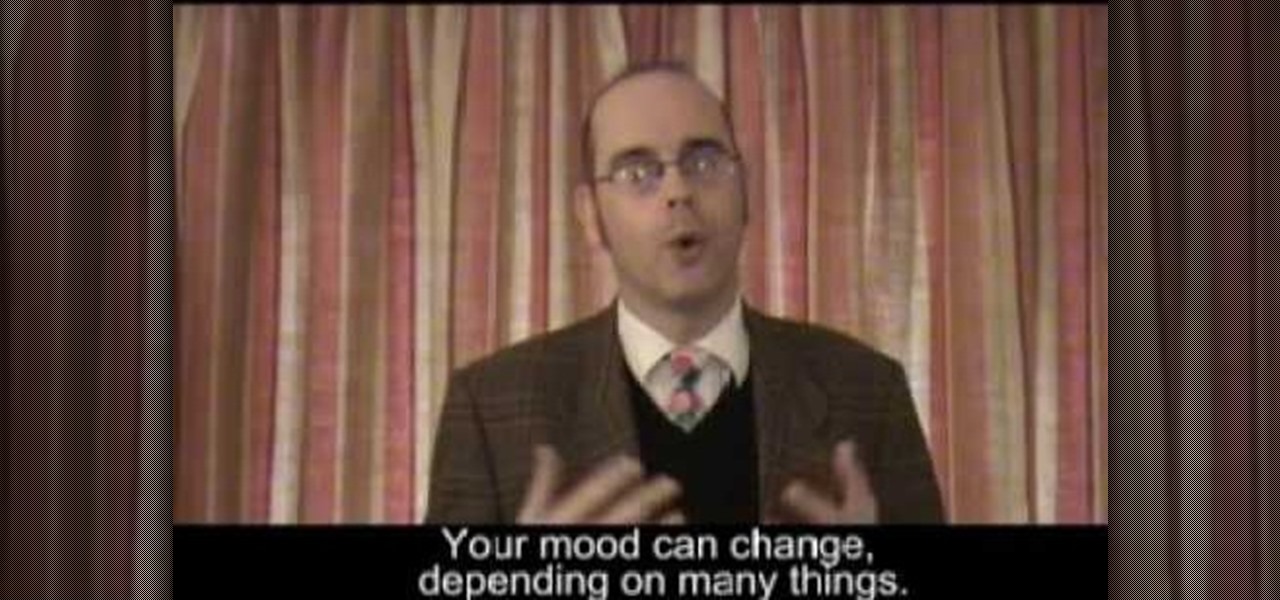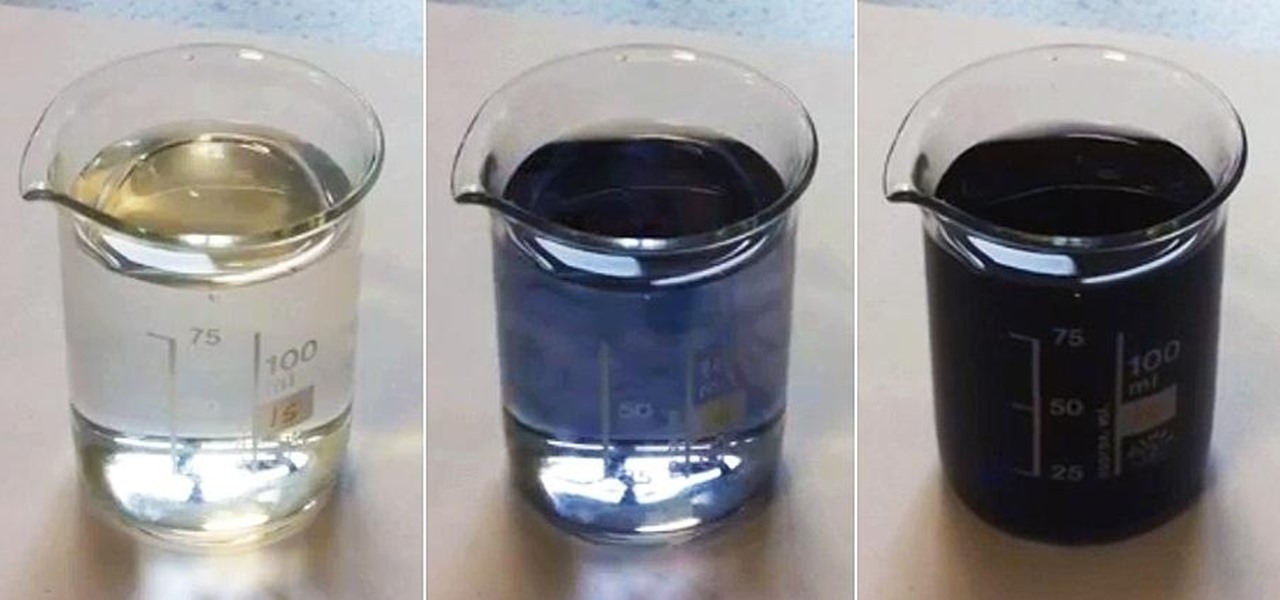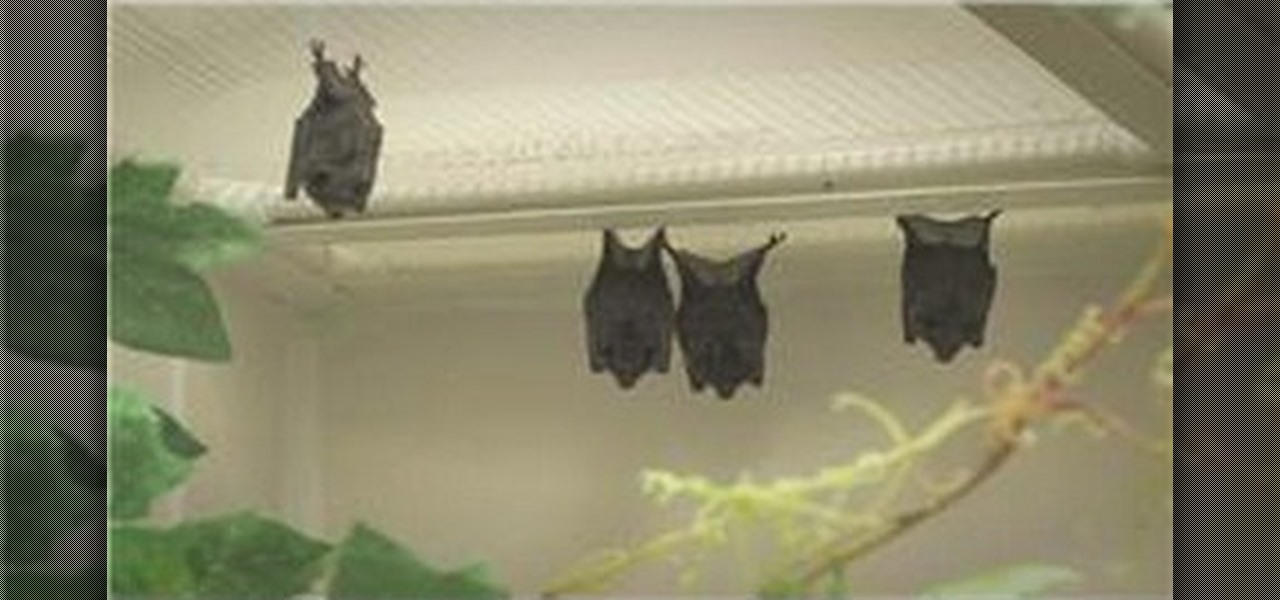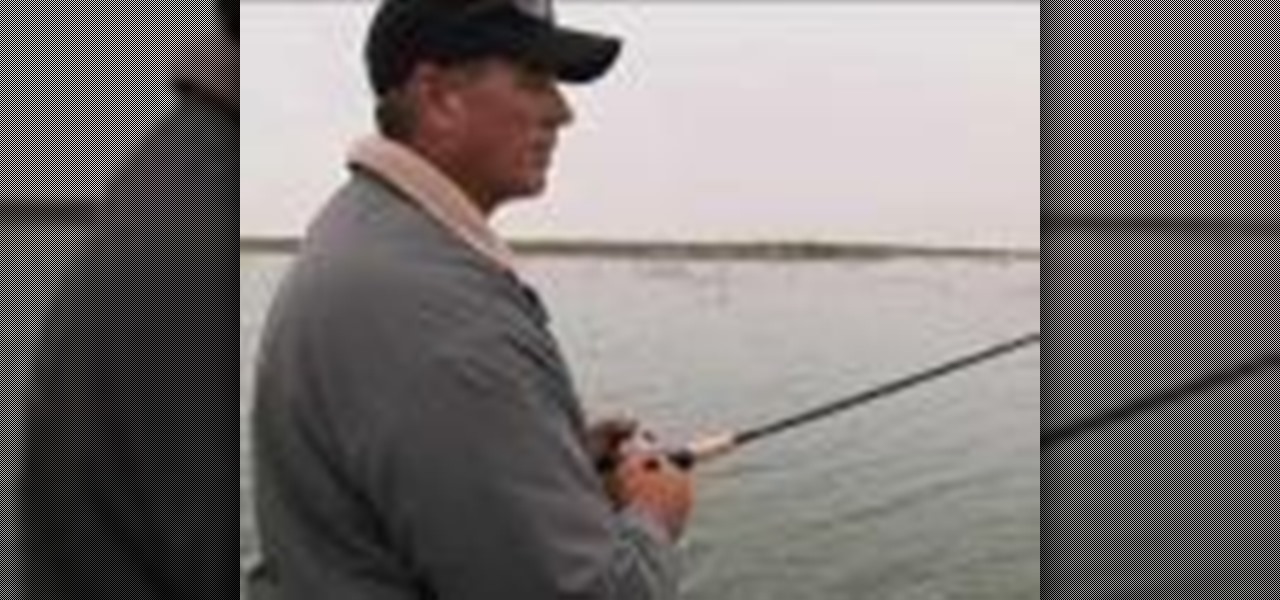
An English teacher shows some of the differences between the present tense and the present continuous tense in making statements, negatives, and questions. For ESL students. If you are learning to speak English, watch this video on present tense vs. present continuous tense.

Watch this instructional painting video to paint a dragon with India ink and watercolor on Chinese rice paper. Use negative space to create a ghostlike effect. This fluid style of painting takes lot of practice and does not allow for mistakes. Every brush stroke counts. Get out some newsprint to practice painting these majestic dragons.

Quinn Jacobson demonstrates how to flow a 4x5 glass plate to make a wet plate collodion negative. Learn how to prepare equipment for taking Collodion pictures by watching this video photography tutorial.

A fire snake, also referred to as a black snake or sugar snake, is a classic science experiment you can do right in your own kitchen using a baking soda and sugar mixture and a fuel to ignite the reaction.

Interesting reaction coke and milk The reaction of phosphoric acid (V) to proteins in the milk - they are cut and causes a precipitate

In this tutorial the instructor shows how to solve multi-step inequalities. He explains the first rule of solving inequalities, stating that when you divide both sides by a negative sign, the inequality of the equations changes to the opposite. He goes on and explains this rule by solving a small inequalities equation and arriving at the result. So if you are looking to learn how to solve inequalities, follow the procedure given in this tutorial.

Here is a Neuro Linguistic Programming (NLP) anchoring technique to help you neutralize negative thoughts and emotions. NLP anchoring is a simple, yet safe and powerful tool for self improvement and growth.

In this ESL how to video we look at your character and the English words that describe it. The way you act or the way you behave among other people is very important... at least it is to you! Learn how you can use positive and negative descriptive words to talk about yourself with this English tutorial.

See how to take advantage of 3ds Max 2010's in-built tear modeling feature, which provides 3D artists to quickly cut a cloth as if due to a strong stretching force or a reaction to a hard collision with other rigid body meshes. Whether you're new to Autodesk's popular modeling software or a seasoned 3D artist just looking to better acquaint yourself with the application, you're sure to be well served by this video tutorial. For more information, take a look!

This audio production tutorial shows you how to simulate a live crown in FL Studio. Use a microphone or your audio output to trigger cheering or laughter in real-time with 5 easy steps in FL Studio. There's a little formula usage involved, but it's easy. See how to use fruity formula controllers for crowd simulation and reactions.

We've all seen the popcorn cell phone video. Now, we have the exclusive inside into how those videos were created. A microwave magnetron is strapped covertly to the bottom of the table. Then the prank is ready. Gather the phones and wait for the exciting reactions.

Pour water into a cast iron bomb. Then bathe the bomb in a dry ice acetone slush. This will cause the reaction. This is to illustrate that the volume of ice is greater than of an equal mass of liquid water.

Say goodbye to boring video chats over Messenger. Now the app is rolling out new features that can make any chat interesting and fun.

Want to make boring old colorless water brighten up on command? Well, you can control the color of water with this little magic trick. Actually, it's not really magic, but a classic science experiment known commonly as the iodine clock reaction, which uses the reactions between water and chemicals to instantly colorize water, seemingly by command. You can use different colorless chemicals to produce different colors, and you can even make the color vanish to make the water clear again.

Watch this science video tutorial from Nurd Rage on how to make copper sulfate from copper and sulfuric acid in three ways. They show you how to make copper sulfate from copper and sulfuric acid using two chemical methods and one electrochemical method.

Parrot Trainer Chet Wombach shows how to use 'positive imprinting' to get rid of negative feelings towards objects, people, or things. Exotic birds may not immediately adapt to a domestic situation and may find household life unnecessarily threatening or stressful. Watch this video training tutorial and learn how to use the technique of positive imprinting to better acclimate a pet parrot, cockatiel, Macaw, or any exotic bird into the household environment and to be a happier, healthier, and ...

Anyone who has flown across multiple timezones is familiar with the negative effects of jet lag, especially when traveling for business on a tight schedule. This video features four easy tips for avoiding the effects of jet lag. These include hydrating properly, going outside, exercising, and forcing yourself into the rhythm of whatever place you are in rather than napping in order to remain on your normal schedule.

Bats are usually associated with negative conotations such as evil, stanic, and just plain ugly. But, these nocturnal creatures are quite fascinating and are unique creatures that are unlike any other on this plane. So if you find one, what do you do? An associate professor of biology explains what to do if you find a bat and how to take care of and rehabilitate it. Enjoy!

This photography tutorial demonstrates how to load a roll of 120 film in a Holga camera. You can use different masks for different shapes of negatives. This vintage camera is difficult to get used to, but once mastered, the Holga is an incredibly versatile film camera.

Watch this demonstration of a spray paint layering technique. All you need is some gravel and spray paint to add a unique stenciling effect to the surface of your artwork. Use any object to create negative space with spray paint. Use this technique on collages, paintings, assemblage pieces, and clothing.

See the electrolysis of water (baking soda dissolved) with copper wire. The negative side has hydrogen bubble, and the positive side has oxygen bubble. Watch the positive side as the water turns blue.

Watch these language videos and learn how to conjugate Japanese verbs into their negative forms. Part 1 of 3 - How to Negate Japanese verbs.

In this home-science how-to from Household Hacker, we learn how to create an exothermic reaction by combining sulfur with iron, producing iron sulfide in the process. For all of the details, including step-by-step instructions, as well as to see what happens when these two elements meet, watch this video guide.

Sugar (a carbohydrate) is dehydrated with concentrated sulfuric acid. Since a carbohydrate was once considered just hydrated carbon, if you remove the water, carbon would be left over. The acid rips the water out of the sugar and the heat generated by this reaction causes the water to turn to steam. A black mass of carbon is produced.

Watch this video to learn how to make a penny operated nitric acid fountain. Nitric acid acts upon copper to yield nitric oxide in an exothermic reaction. The expanding gas displaces water from another flask; actually bubbles in this set up. When the gas cools, the water is drawn back into the flask, dissolving the nitric oxide and forming a blue solution with the copper ions still there. Very cool science experiment with a neat reaction.

By building a timer, you can delay your cannons going off until you're safely away from them. This tutorial shows you how to use redstone and an efficient layout to create a delayed reaction timer on your cannons in Minecraft.

There are many different kinds of bait that can be used when bass fishing. One thing that is used is spinnerbait. Although it's not live bait, it's still something that will attract the attention of the fish very fast. Find out more about spinnerbait, why it's good to use, and how to use it in the tutorial above. Enjoy!

It sucks to be a food allergy-stricken kid in our mass-produced cookie universe since so many cookies either have gluten or peanuts in them or are manufactored in the same factor as other foods with peanuts or gluten. This means major allergic reactions to these yummy foods.

In this video, learn how to modify your laser pointer to make fun, new shapes. This video will show you how to make an extremely cool new toy and impress everyone. Imagine what your class reaction will be when you start pointing to things with a funky shape instead of a typical pointer. Laser pointers are great for presentations, cat toys and just general fun. Why not modify yours and make it your own?

If you want to know the best way to get an accurate pH measurement, this shows the lab equipment needed and the processes used. When doing chemical reactions, sometimes the acidity or the basicity is important. This is usually defined as pH and measuring it can be very useful for getting the reaction right. There are a few ways to measure pH, and the simplest, cheapest, most reliable method is paper. But that's not all. See a whole lot of ways in this two-part video.

Make a reusable glow stick, glow-in-the-dark-style! Imagine, you'll never have to buy one of those ChemLite's again, because you can reuse this homemade glow stick over and over again. This video tutorial will show you how to make a permanent, reusable glow stick. The materials in this experiment are simple: epoxy resin, straw, and some phosphor powder.

C For Chemistry delves into the chemistry of science experiments. This chemist knows what he's talking about. These chemistry experiments are not only fun, but very educational for all of those interested in scientific chemical reactions and properties.

C For Chemistry delves into the chemistry of science experiments. This chemist knows what he's talking about. These chemistry experiments are not only fun, but very educational for all of those interested in scientific chemical reactions and properties.

Adam's tutorial on an Iron Man Arc Reactor Prop.

Watch this science video tutorial from Nurd Rage on how to test if a fertilizer has nitrates rather than urea or ammonia as its nitrogen source.

Move over Diet Coke & Mentos! In this demonstration you'll find out what happens when you combine Pepsi, Necco Wafers, and a lighter. Don't try this at home! The reaction is pretty cool

Check out this instructional science video that demonstrates how to perform the experiment "Kool Colors." From the Oregon Museum of Science and Industry's teacher curriculum, "No Hassle Messy Science with a Wow", this is an activity using Kool-Aid as a reactant. The experiment measures the reaction rate of Kook-Aid with steel wool. Perform the Kool Colors science experiment by following the simple step by step outlined in this science tutorial video.

Check out this instructional science video that demonstrates how to perform the experiment "Matter of Degree." From the Oregon Museum of Science and Industry's teacher curriculum, "No Hassle Messy Science with a Wow", these are chemical reactions that result in changing temperatures. Follow the step by step instructions to witness a temperature change. The "Matter of Degree" is a great experiment for students to perform.

Check out this instructional science video that demonstrates how to perform the experiment "Of Cabbages and Kings." From the Oregon Museum of Science and Industry's teacher curriculum, "No Hassle Messy Science with a Wow", learn about this chemical reaction featuring cabbage juice. This is a great experiment for your students to perform. Follow the simple instructions outlined in this video and do the "Of Cabbages and Kings" science experiment.

Get yourself a metal sled that runs on tiny plastic ball bearings, and you'll be ready to demonstrate to your classroom Isaac Newton's third law of motion: Every action has an equal and opposite reaction.









































